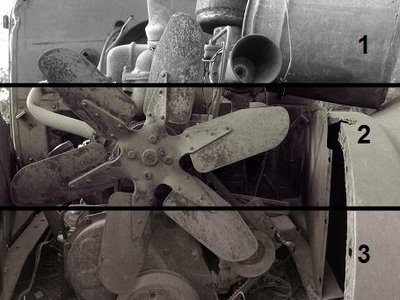Quick Tips for Christmas Pics
Christmas is coming up soon, and everyone with a camera will want to take pictures of the festivities. Think of this as your assignment for the week.
Here are just a few tips:
- Don't take pictures of people unwrapping their gifts--take pictures of their faces when they see what they're unwrapping. You'll want to get the gift and the torn wrapping paper in the image as well to put it in context, but remember that the important thing is the emotion. Be ready at the exact moment of realization, because it's short. If you're using any automatic features, especially automatic focus, frame the image and hold the shutter button partway down until your camera figures out what it needs to do. That way you can finish pressing the button at the right time.
- For placement of faces in the image, don't forget everything you know about composition. Re-read the article on the golden ratio if necessary, because you'll want to put faces on a powerpoint (or cradle, in golden triangle terms).
- Try to get at least one picture of everyone present, but you don't necessarily want to pose them. Get as many people in each frame as you can, and try to make sure the Christmas tree is in the picture too.
- Take pictures before any of the presents are unwrapped, so you get all the wonderful colors and bows and so forth. Take pics of just the presents, presents and trees, presents and the people anticipating their chance to unwrap them (but with these last ones, again the emotion is paramount). Take pictures throughout the event, and make sure to get pictures of the wrapping paper carnage before it's all cleaned up.
- If there are kids around, take pictures of them playing with their toys before the wrapping paper is thrown out.
- You don't need to get a picture every time a gift is unwrapped. Sometimes it's best to take a picture of someone else who's watching another person unwrap a gift. They'll be less suspecting of the camera, so it's a great opportunity to get a candid shot.
- Look for strange angles. Maybe you can lay down under the Christmas tree after the presents have been removed. Or maybe you can sneak behind someone while they're opening their gifts to give the viewer of the image the feeling that they are the ones opening the presents. The possibilities are endless.
- Don't forget that you're a part of the family or circle of friends, too. Don't let your hobby as a photographer get in the way of having a good time and being with your loved ones.
 - And last, but not least, don't forget the true meaning of Christmas.
- And last, but not least, don't forget the true meaning of Christmas. (Painting by Giovanni Battista Pittoni, 1687-1767)





